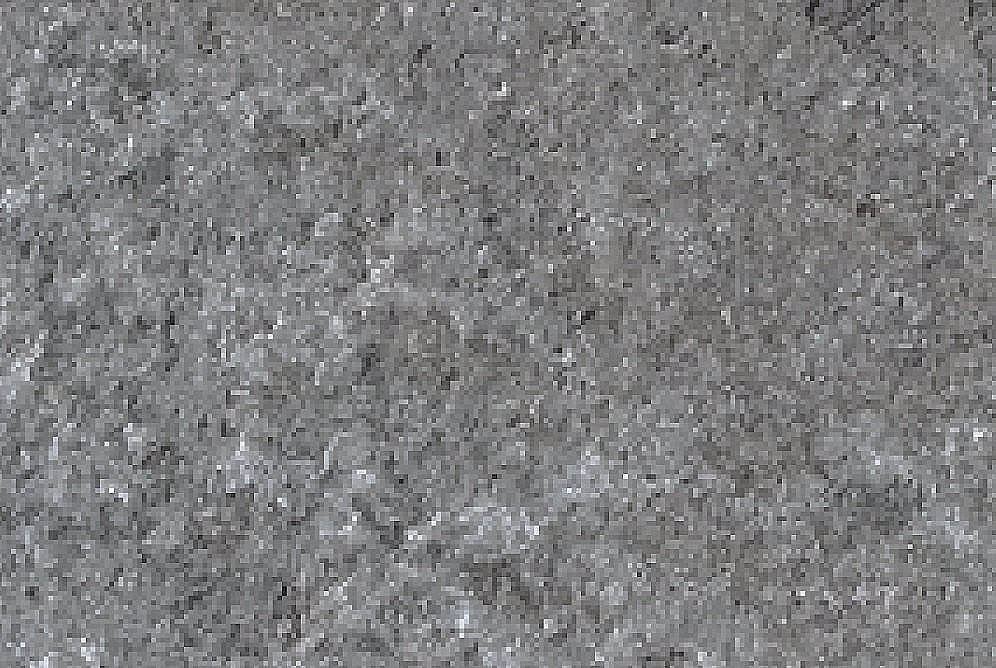About Slow Stone
Path to the Physical
After spending 15 years in digital design and web development, I became lost. I wasn’t interested in learning more about web development. I still love to tinker and explore in the digital realm, though days on end at the computer needed to take a back seat. I longed to work in the physical and wanted to be proud to share what I created, which I never really felt with the websites I built.
I have always loved stone walls, and landscape design. After a short trip to Ireland in 2018 I started thinking more about stone work and how it fits nicely into my environmental ethos, interest in design, and working outdoors with my hands. I started to learn all I could about the trades involving stone masonry and discovered The Stone Trust.
Forrest Peaker - third from right at a retaining wall workshop held by The Stone Trust. September 2021. Photo courtesy of The Stone Trust.
Learning Curve
In 2021 I took a trip to Vermont and participated in a number of workshops with The Stone Trust. I was able to learn from stone workers who truly loved their work. I was lucky to learn to build walls with Jamie Masefield, and Seth Harris, shape stone with Pete Ryder and install steps with Michael Weitzner. In addition, I met Victoria Merriman who was in a similar place and leaving the computer at home to work outside with her hands.
On my return from Vermont, I immediately started building walls, some of which you can see in the photos section.
Working with stone has been just as rewarding as it has been challenging, and learning to shape stone has had its fair share of setbacks. The local stone around Olympia is mostly basalt and gabbro. The black basalt is beautiful as a crushed stone for paths, but trying to shape it is very difficult. It tends to shatter and fracture in all the wrong ways. Most of the stone walls in Olympia are built with basalt and now having some experience with this stone, I understand why many of these walls appear slap-dash and falling in slow motion.
The angular and erratic nature of the way the stone breaks makes it difficult to stack and get good contact with neighboring stones.
The only exception that I have seen locally are the walls built by Bill Lenker of Lenkerbrook Stoneworks. Much of Bill’s work is extremely tight and the face of the wall is flat from top to bottom with a perfect batter. Least of all, he carries this off with basalt, which is impressive.
Bill started his stone work career in Olympia in the ‘90s and has a number of public works in the area, most notably the walls around Tumwater Falls Park and the Tenino Veterans’ Memorial.
Bill has graciously been my mentor through my transition to walling. His generosity, tool loans, and openness to share his tricks of the trade has been a huge help.
This has been an adventure, and I want to thank everyone who has supported me on this journey, especially each patron who helps the craft and tradition of dry stone walling continue.

About Me
Forrest Peaker
Stats
HT: 6-4 WT: 175 Bats: Right Throws: Right Born: 12/17/76
Home: Olympia, Wash. Team: Slow Stone (and the Oakland A’s!)



